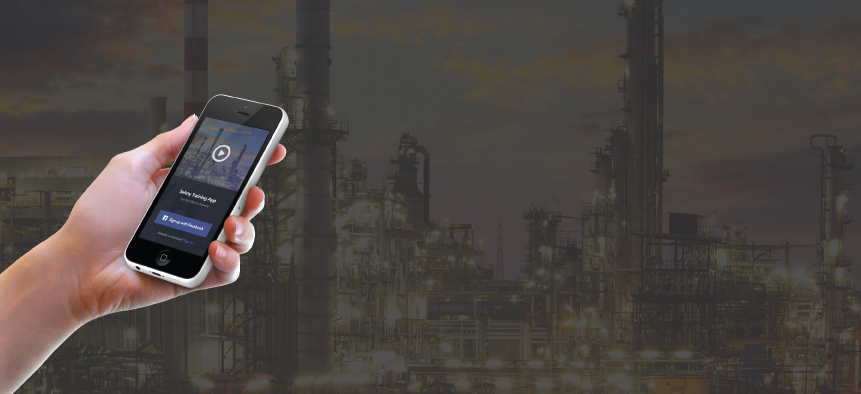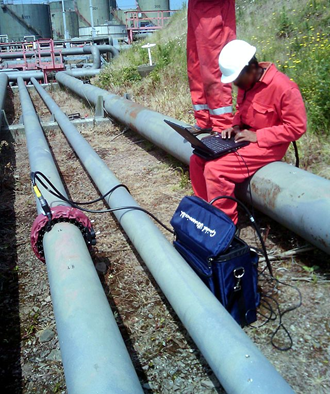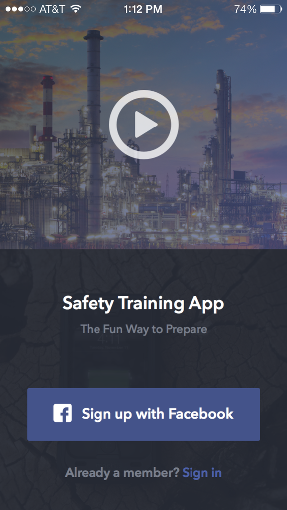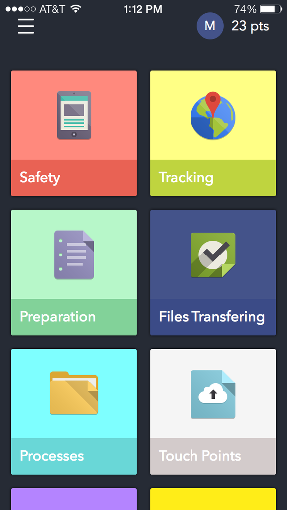
A Practical Look at Oil and Gas Mobile Apps
It’s old news that oil and gas is slow to adopt digital technology, especially mobile technology. Tech companies and marketers are quick to criticize big oil’s rate of advancement, but to be fair, designing and implementing new technology for transcontinental operations is no small undertaking. (Which explains why study after study indicates that oil and gas companies have mobile advancements on the radar, but few companies have produced anything substantial in this area.)
Mobile Oil and Gas Solutions
Here’s a tip no one’s talking about: A great mobile app, even for major players in oil and gas, really shouldn’t upset existing infrastructure. Nor should it require substantial training for people to be able to use it. A great mobile app can accommodate existing infrastructure and processes, will fill in operational or communication gaps relatively seamlessly, and will be simple and straightforward for a variety of user groups.
Just because major enterprises have complex needs, doesn’t mean the solutions have to be complex too. Great oil and gas mobile apps will…
- Compress diverse data into clean, color-coded graphics
- Be simple for all user groups to understand and use
- Work with a company’s existing systems and processes
Interestingly, in a survey1 that included Halliburton, Chevron, Cenovus, and ConocoPhillips, among others, 43 percent of respondents said they were either currently investing in or seriously planning for wearable integration. This suggests the industry is not as slow to change as some would suggest. It’s easy to see how the hands-free and un-ignorable qualities of smartwatch applications offer a bigger benefit to oil and gas workers than a smartphone app.
Biggest Uses for Oil and Gas Applications
The majority of mobile oil and gas apps that exist today focus on real-time communication, field operations, and HSE (health, safety, and the environment).
Real-time Collaboration and Communication
Email and cell phones are great, but still limiting. Mobile apps reach workers offshore or overseas who aren’t at their computers, are working in a loud or hazardous environment, or are otherwise hard to reach immediately. This is especially critical in crisis situations, where a smartphone can act as a vibrating, beeping, texting alarm to let workers know there’s danger, or there’s been a change in plans, or that they’re at risk of violating protocol, etc.
Better Operability
Field workers can input data and send it to a central server as they go, meaning project managers get real-time access to every piece of data as it comes in, and can give time-saving feedback to field workers even as they’re performing inspections or repairs. No wasted trips, no frustration, no waiting for results.
Safety and Training
There’s already a huge focus on HSE apps among oil and gas companies, and it’s a trend that needs to continue. Oil and gas safety communications and training are constant needs, especially for remote workers. Mobile technology can do anything from basic safety training to monitoring pressure levels inside field equipment.
Via mobile app, workers can keep up with training, receive notifications the moment there’s an update to a system or protocol, and send questions and feedback to managers. Managers can use the app to communicate with employees, as well as to keep tabs on how workers are scoring on the in-app training and see where there may be communication gaps in safety training.
Enterprise Mobile Experts
We build simple solutions for complex problems in a variety of industries. We have a reputation for working integrally with our clients’ internal IT, marketing, sales, and leadership teams. This gives us a solid understanding of systems and processes that affect the way the app needs to be built.
Every step of the way, we work as a team with our clients: from initial ideation, to presenting technology at major conferences, to live-monitoring launches, to ongoing post-launch support.



